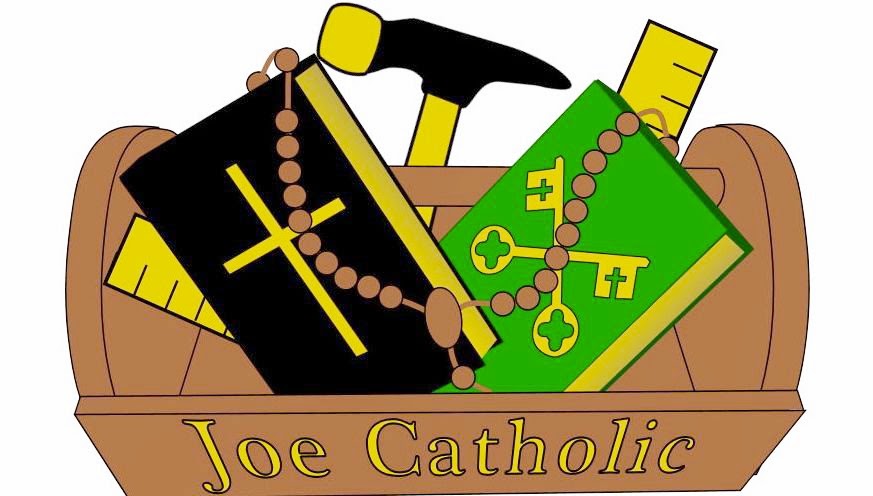 |
The subject of knowledge is that-which-is, i.e. being.
|
By FRATER BOVIOUS
(CARROLLTON, Cradle of Civilization) - During the current 40 days for Life event taking place at the time of this writing, it is useful to consider some terms that relate to the issue of abortion. Early marketing statements by those making money by performing abortions were to the effect of "It's just a blob of tissue," by which the true nature of an embryo was either directly denied, or at least hidden.
Let us evaluate the term "human being". The latter part of the term "human being" is the term "being". The quality of being is simply that something exists. Rocks exist, as do trees and dogs. Humans exist. Countries exists, as do events such as 40 days for Life, or had existence such as WWII from the time it started until the time it terminated. Embryos and pregnancies obviously exist, if not there would be nothing to terminate. One does not terminate the non-existent.
A human being is many things - old or young, fat or thin, sick or healthy, blue eyed, brown eyed or some other eyed; but all these things listed are qualities that inhere in individual humans - in and of themselves they do not define "human". Dogs can also be old, young, sick, healthy, etc. So can trees and vegetables. Let us for the sake of clarity replace the term "being" with
"existent". You can discern a human existent by saying what it is. You
can also discern a human existent by saying what it is not. For example,
a human is not a tree, even though both exist. A human is decidedly not
a unicorn, not the least reason of which is that humans exist and
unicorns do not. But notice in the above: non-essential qualities of human existence cannot be used to judge whether a given human actually exists.
Scientifically speaking, what differentiates a human existent from a dog or cat existent or an oak tree existent is its genome. The human genome has been famously mapped - and all the ways that a human existent is not some other kind of existent are now cataloged. It is now a matter of demonstrated fact that the full human genome is present at the precise moment of conception. That existent which possesses the full human genome is by definition human.
An embryo is therefore a human being in that it exists and in that it is human, and nothing other. This is not a matter of opinion, it is true.
The position of the pro-choice camp can now be simply stated: The convenience or desire of one human being trumps the existence of another human being. That the latter part of this proposition refers to a completely helpless and dependent human being should give one pause. For, the position of pro-choice is a simple corollary of another proposition: Might makes right.
FB

















